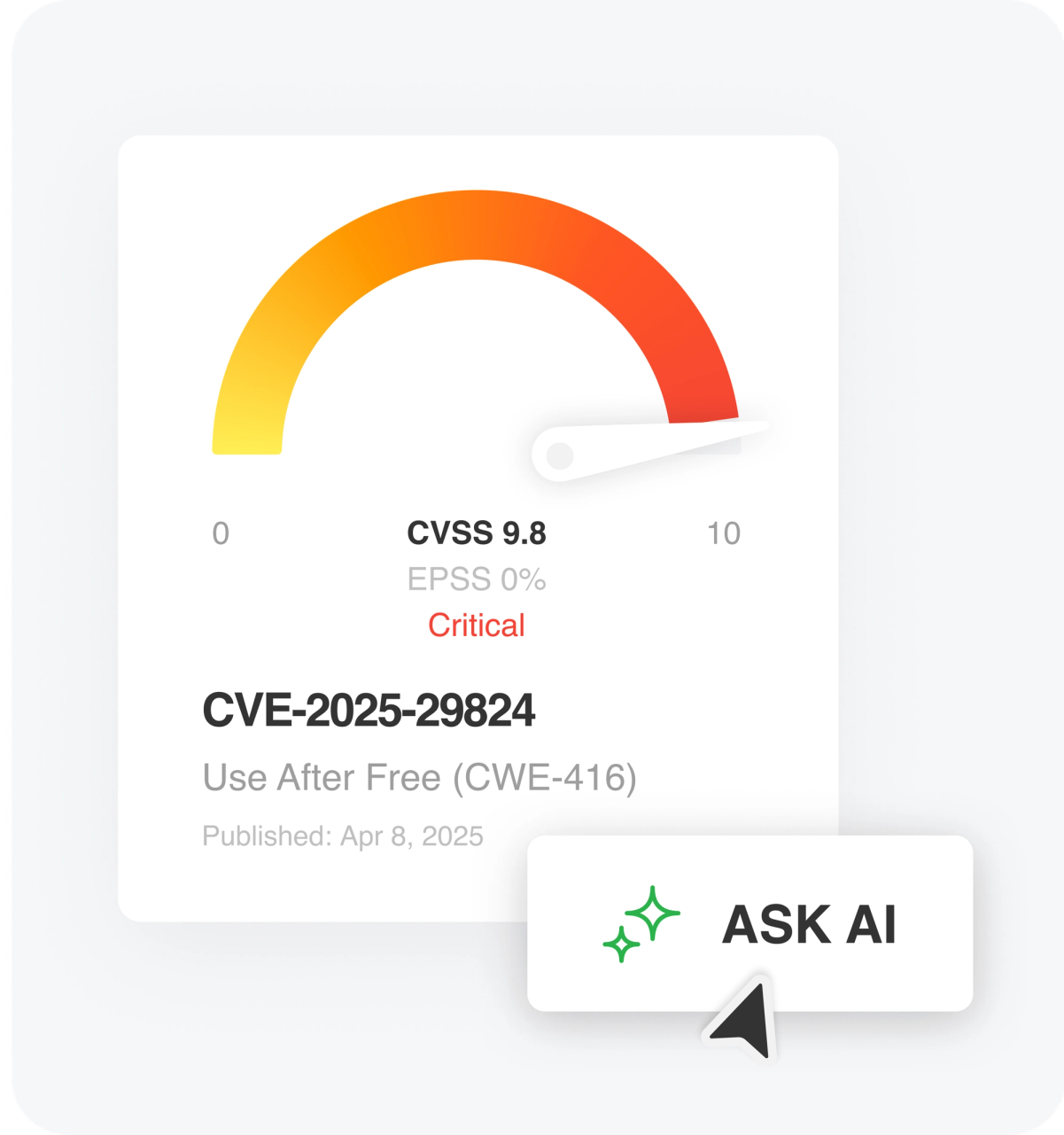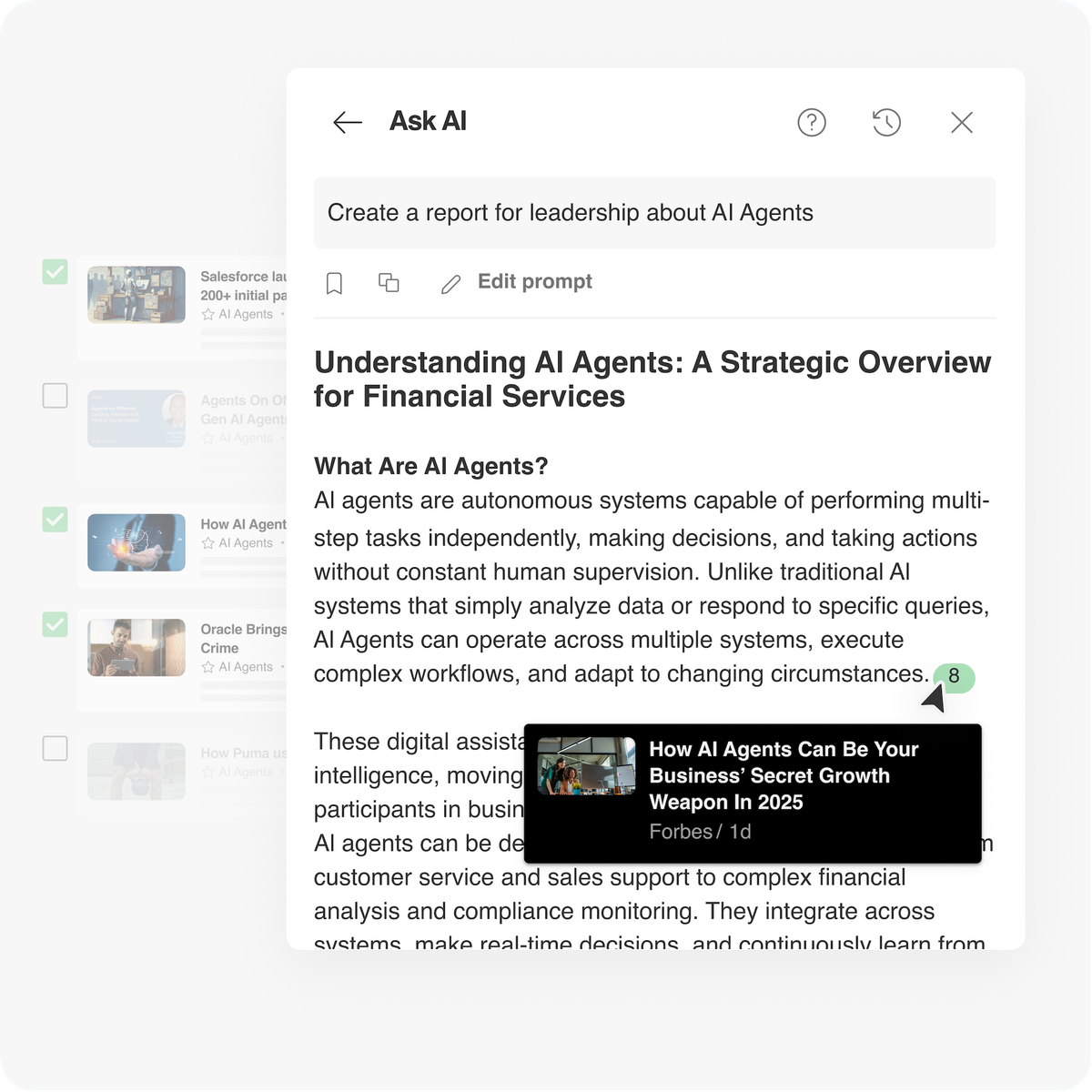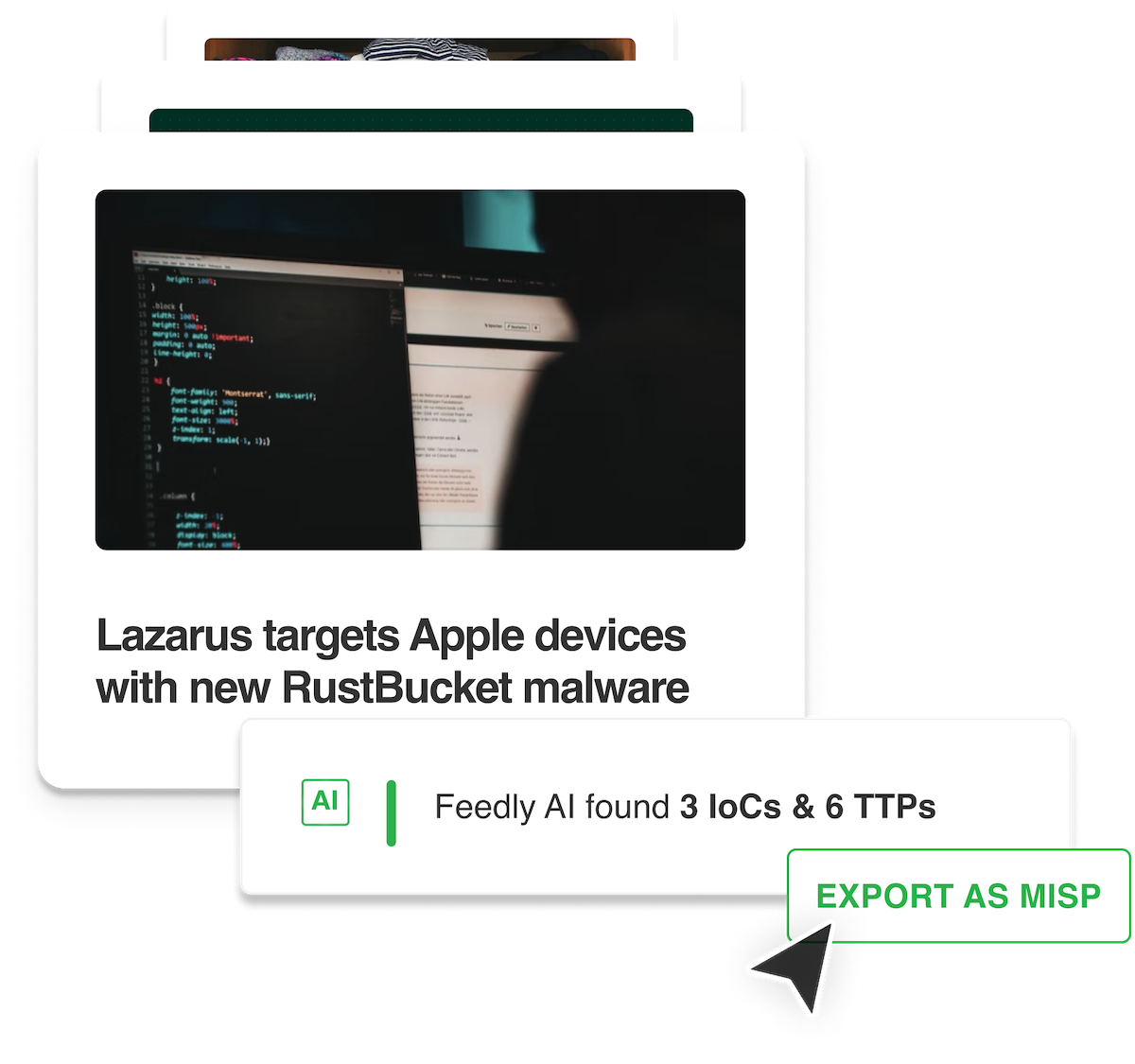Visit Our websites
15-Second summary
Feedly AI Feeds are already powerful, but what if you could fine-tune them even further? Introducing Natural Language Filters—a new way to refine your feeds with precise, natural language queries on top of our AI Models.
With Natural Language Filters, you can:
- Zero in on niche security topics
- Collect content about security-related geopolitical topics
- Extend your research deep into threat actor procedures
- Filter out articles that add noise or waste time because they lack technical details or tactical intelligence
Cut through the noise like never before—Feedly’s AI Feeds are now sharper, smarter, and more tailored to your research needs.
Feedly’s AI Feeds use over 30,000+ AI Models to help teams collect intelligence that is up to seven times more relevant than keyword searches. We are introducing Natural Language Filters to refine your AI Feed even more precisely to the topics and intelligence you seek.
Zero in on niche security topics
Finding content on niche security topics often means scanning articles on related topics, only to come up empty. These rabbit hole searches waste time. Feedly’s Natural Language Filter enables you to refine a related AI Feed to retain only information related to your niche topic.
Example 1: You want to find novel uses of a TTP by threat actors targeting the finance industry. Start by setting up an AI Feed of Threat Actors targeting the Finance industry to collect TTPs. Then, add a Natural Language Filter to keep only articles about novel uses of a particular TTP.
Example 2: You are interested in cyber attacks that target AWS, but are also seeing articles about attacks where threat actors use AWS in their operations. Start by creating an AI Feed with AWS and cyberattacks. Then add a Natural Language Filter to only retain articles about “cyber attacks targeting AWS”.
Collect content about security-related geopolitical topics
Geopolitical events generate overwhelming coverage volumes. To navigate this noise and extract insights relevant to your organization, apply Natural Language Filters to precisely identify the intersection between geopolitical developments and specific security concerns.
Example 3: You’ve noticed escalating trade wars between Canada and the USA. You want to see if there are any related security issues or policy changes that have been implemented as a result in 2025.
Example 4: Your organization is concerned about potential risks related to China. Your leadership wants you to understand if there are any indicators of Chinese aggression towards other countries.
Research threat actor procedures
Depending on your threat landscape, adversaries, and controls, some procedures will be more relevant to understand than others. While MITRE provides information about Tactics, Techniques, and Procedures (TTPs), you might want to research aspects of specific procedures more deeply.
Example 5: Security leadership is concerned about API vulnerabilities.
Example 6: Your organization is concerned about spearphishing. In particular, they want to understand any cyberattacks where the adversaries impersonated fintech companies.
Filter out articles that add noise
Natural Language Filters can also exclude content irrelevant to your research. You can set exclusions for specific topics, content types, or tonal characteristics that don’t serve your analytical needs.
Example 7: Suppose you are looking for critical vulnerabilities with exploits, but you want to avoid summary information. You can use the NLP filter to exclude vulnerability rollups or summaries that don’t go into depth.
Example 8: Imagine you’re looking for information about hackers targeting healthcare organizations. You want meaningful threats that could affect your organization, not every minor incident with little real-world impact.
Final thoughts
Natural Language Filters complement rather than replace AI Models, helping to refine your AI Feeds. While AI Models typically deliver superior results, Natural Language Filters provide a precise final adjustment to sharpen your focus, particularly when an AI Model returns broader results than your specific intelligence requirements demand.
Fine-tune your Feedly AI Feeds with Natural Language Filters
Pair AI Models with Natural Language Filters to zero in on the precise intelligence you need, even for the most niche topics.

BONUS LINK VISIT NOW
Source link



















